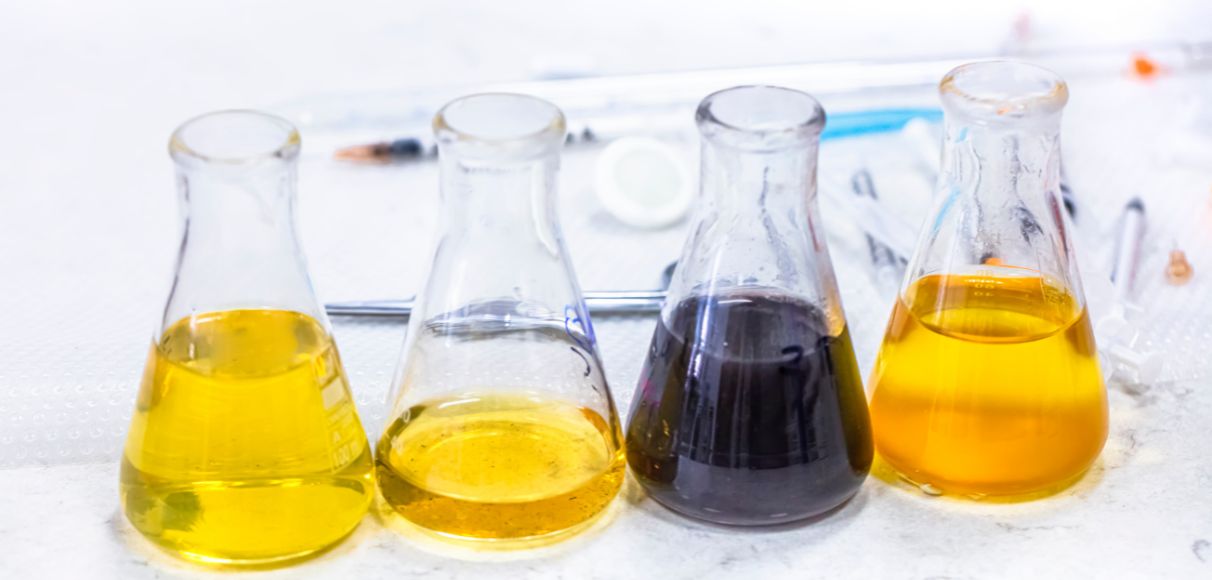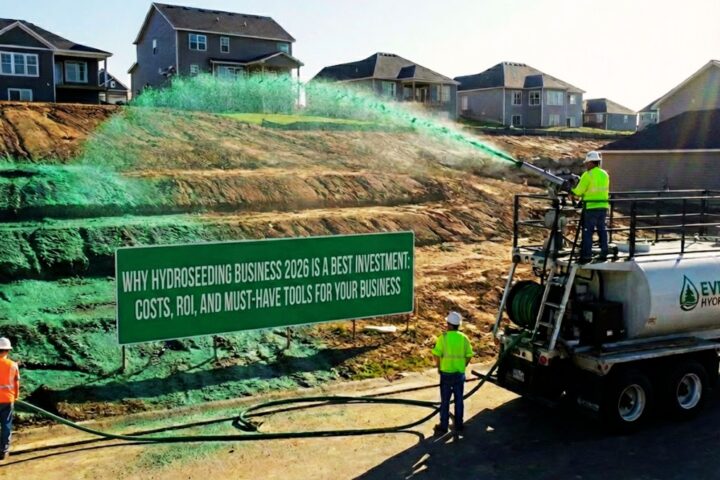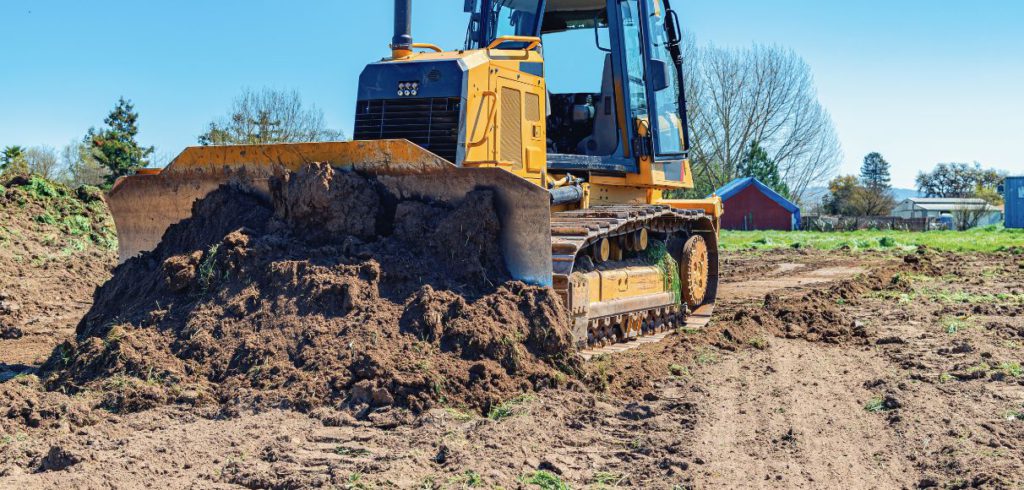Solvents support numerous manufacturing processes in today’s industrial world, making our lives easier and businesses more efficient. However, their use brings significant environmental and health concerns that we cannot ignore. Here’s what you need to know about industrial solvents, including their uses, risks, and risk mitigation methods.
What Are Industrial Solvents?
Generally, industrial solvents are substances that can dissolve a solute (a chemically different liquid, solid, or gas), resulting in a solution that is integral to various production processes. Their primary function is to clean, dissolve, or extract materials in industries ranging from pharmaceuticals and cosmetics to paints and coatings.
Types of Industrial Solvents and Their Uses
One thing you need to know about industrial solvents is that they’re not a one-size-fits-all solution. Different types fulfill specific roles across industries. Some common solvents include:
- Alcohol: Common in the pharmaceutical industry due to its antiseptic properties.
- Ketones: Help manufacture plastics and textiles.
- Aromatic hydrocarbons: Popular in paint thinners and degreasing agents.
- Chlorinated solvents: Effective for dry cleaning and metal cleaning processes.
The Downside: Environmental and Health Risks
Despite their utility, industrial solvents are bad for the environment because they contain volatile organic compounds (VOCs) and can contribute to air and water pollution, negatively affecting wildlife and ecosystems.
VOCs can react to other chemicals like nitrogen oxides under sunlight when solvents enter the atmosphere, leading to ground-level ozone, a major component of smog. Prolonged exposure can result in health problems in humans like respiratory issues or severe conditions like organ damage and cancer.
Navigating the Legal Landscape
Given these risks, governments worldwide have strict regulations governing industrial solvent use, handling, and disposal. The Resource Conservation and Recovery Act (RCRA) is one such regulatory body in the United States. This act governs the disposal of hazardous waste, including industrial solvents. Businesses must identify all hazardous waste they generate and dispose of properly through licensed waste disposal companies.
These guidelines aim to protect workers’ health and safety and safeguard the environment from harm. Businesses must comply with these regulations to avoid penalties and contribute positively to public health and environmental conservation.
Venturing Into Sustainable Alternatives
Due to traditional solvents’ environmental impact, there’s a growing shift toward greener alternatives. Bio-based solvents from agricultural products offer a promising substitute, presenting a lower ecological footprint. Companies explore these options because of their sustainability and the potential marketing advantages of adopting eco-friendly practices.
Final Thoughts
Industrial solvents are indispensable to modern industry, yet their use comes with responsibilities. Businesses can make informed decisions about their solvent use by understanding their types, applications, and risks.









